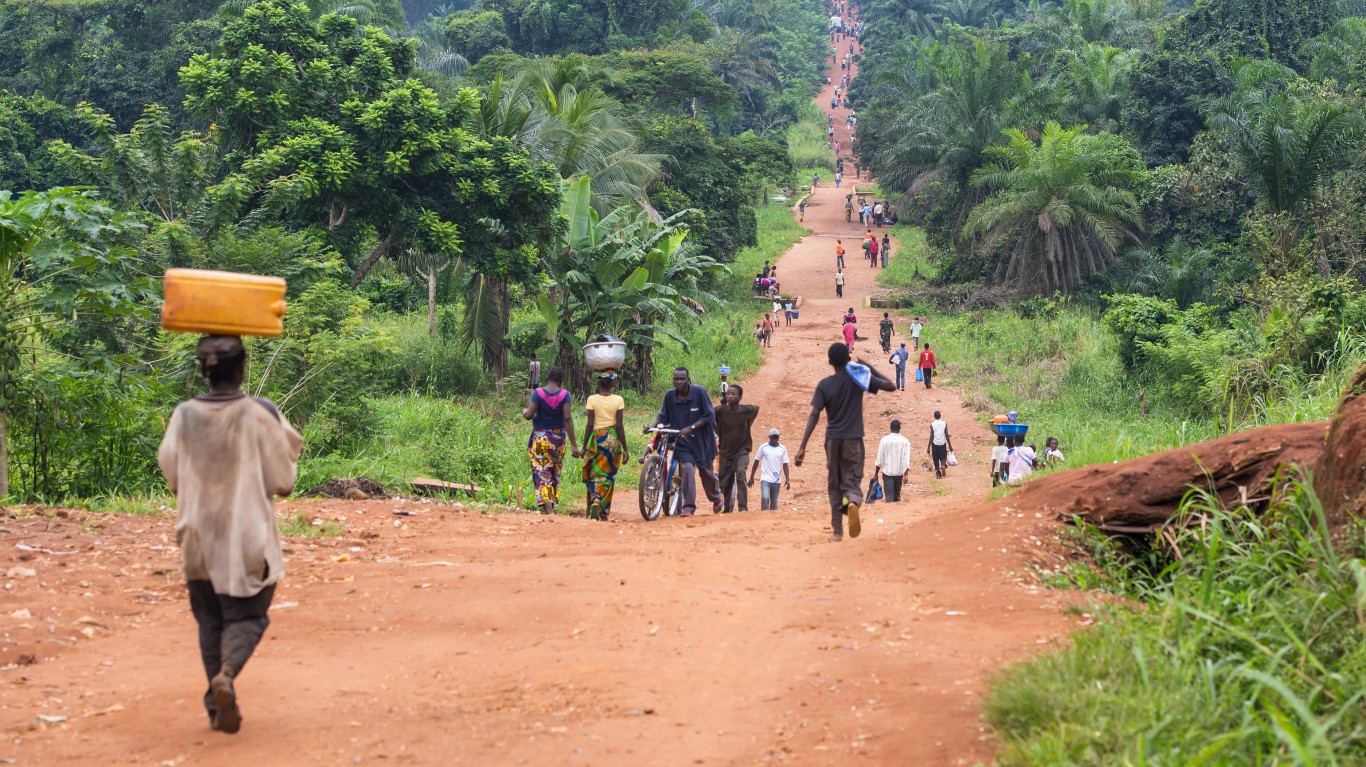
Freedom of movement means a person has the right to travel from place to place within the territory of a country, as well as to leave a country and/or return to it as desired. Free movement is a core human right guaranteed by various international treaties.
But having the right to leave doesn’t often mean people are going to do it. In fact, in some countries more than half of young residents – those between 15 and 29 years of age – want to leave but, for a variety of reasons, stay home. Why people stay varies. Some remain in their home countries because of involuntary immobility – they simply don’t have the resources to migrate. This often applies to countries going through an economic crisis, like Venezuela. (These are the most corrupt countries in the world.)
Residents of some troubled nations, young and otherwise, often want to relocate to other countries in search of work or better economic opportunities. Others move to escape conflict, persecution, or human rights violations.
Click here to see the countries where the most young people want to leave
To identify the countries where the most young people want to leave, 24/7 Tempo reviewed the Potential Net Migration Index from the analytics and international polling company Gallup. The index measures how much a country’s population would change if everyone who wanted to move to another country actually were able to do so. In addition to the overall percentage, the index breaks out the potential population change for 15-to 29-year-olds. Population statistics for 2011 and 2021 are from the World Bank. (These are the countries on track to shrink the most this century.)
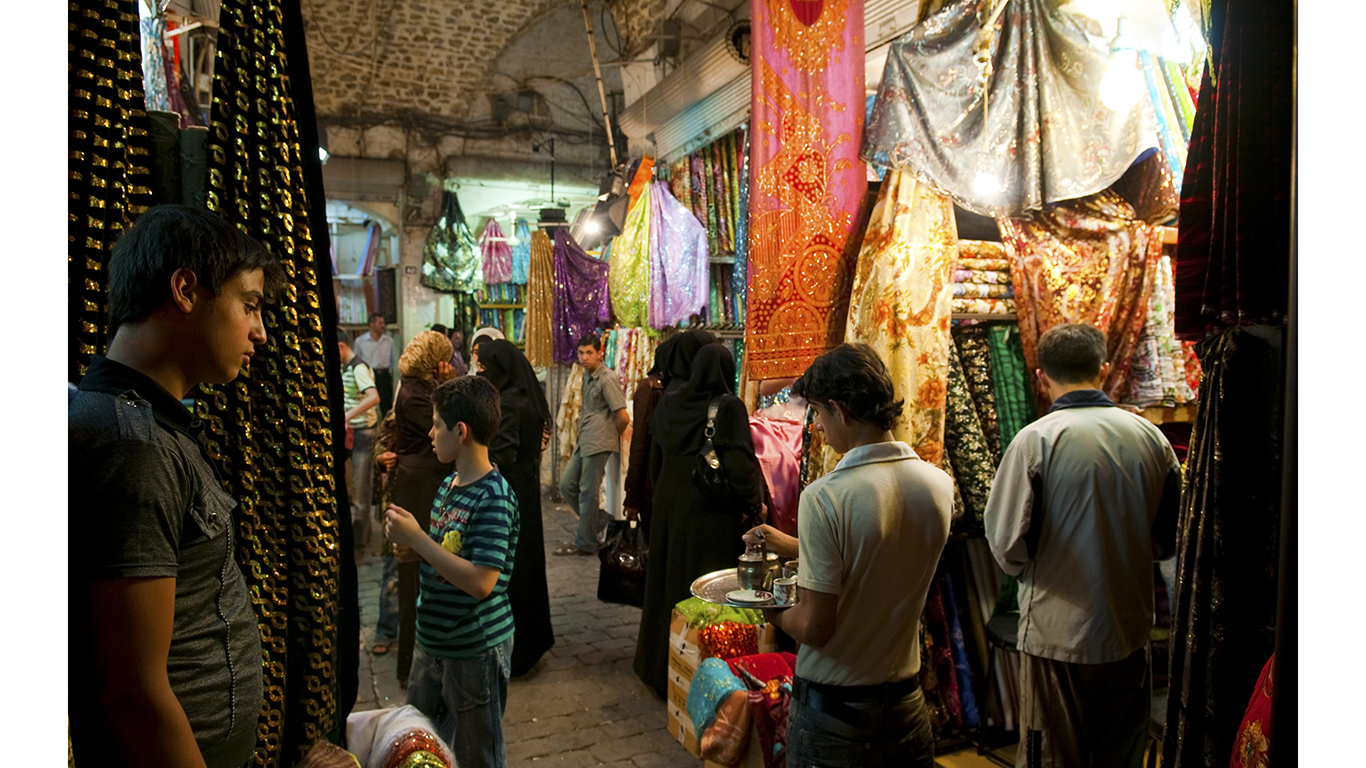
21. Syria
> Potential net population change (15-29 years old): -41.0%
> Population, 2021: 21,324,367 — -6.2% from 2011
> Population, 2011: 22,730,733
[in-text-ad]
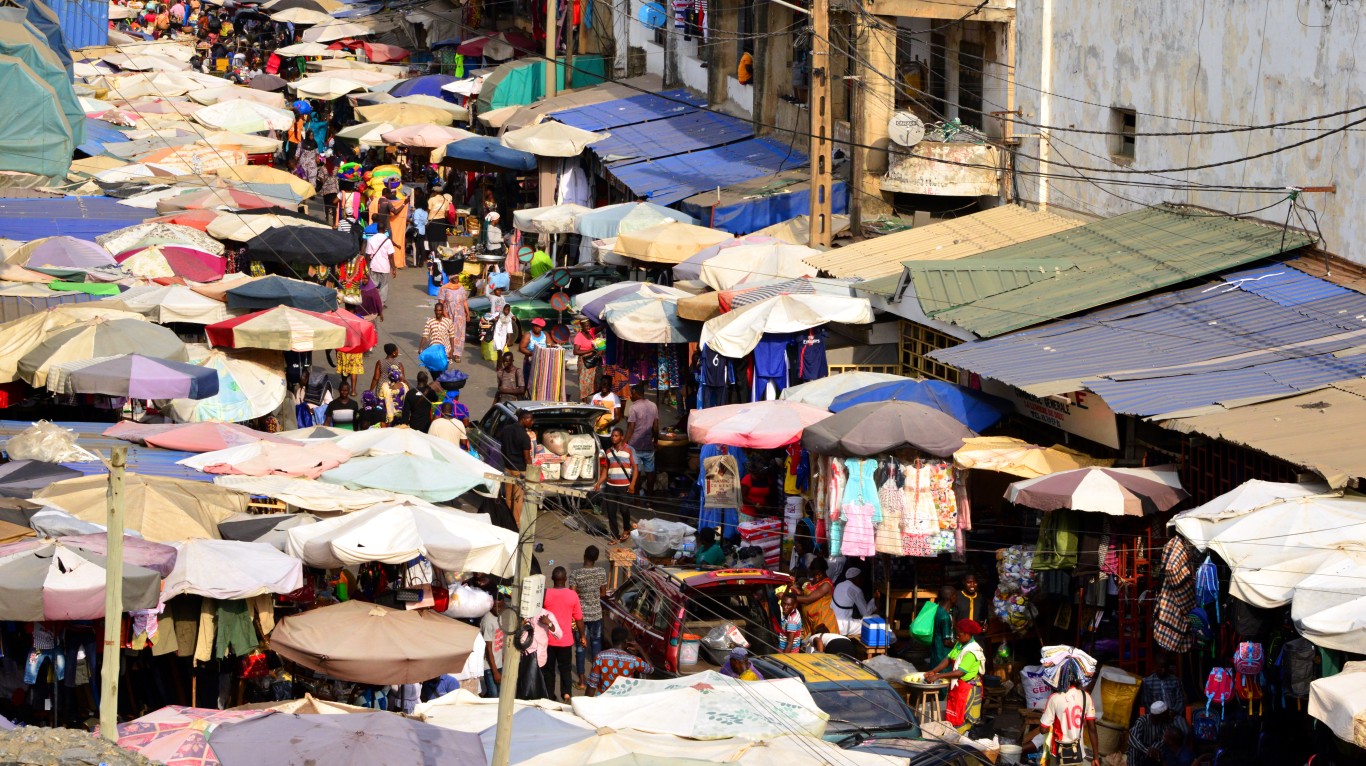
20. Togo
> Potential net population change (15-29 years old): -41.0%
> Population, 2021: 8,644,829 — +28.1% from 2011
> Population, 2011: 6,748,672
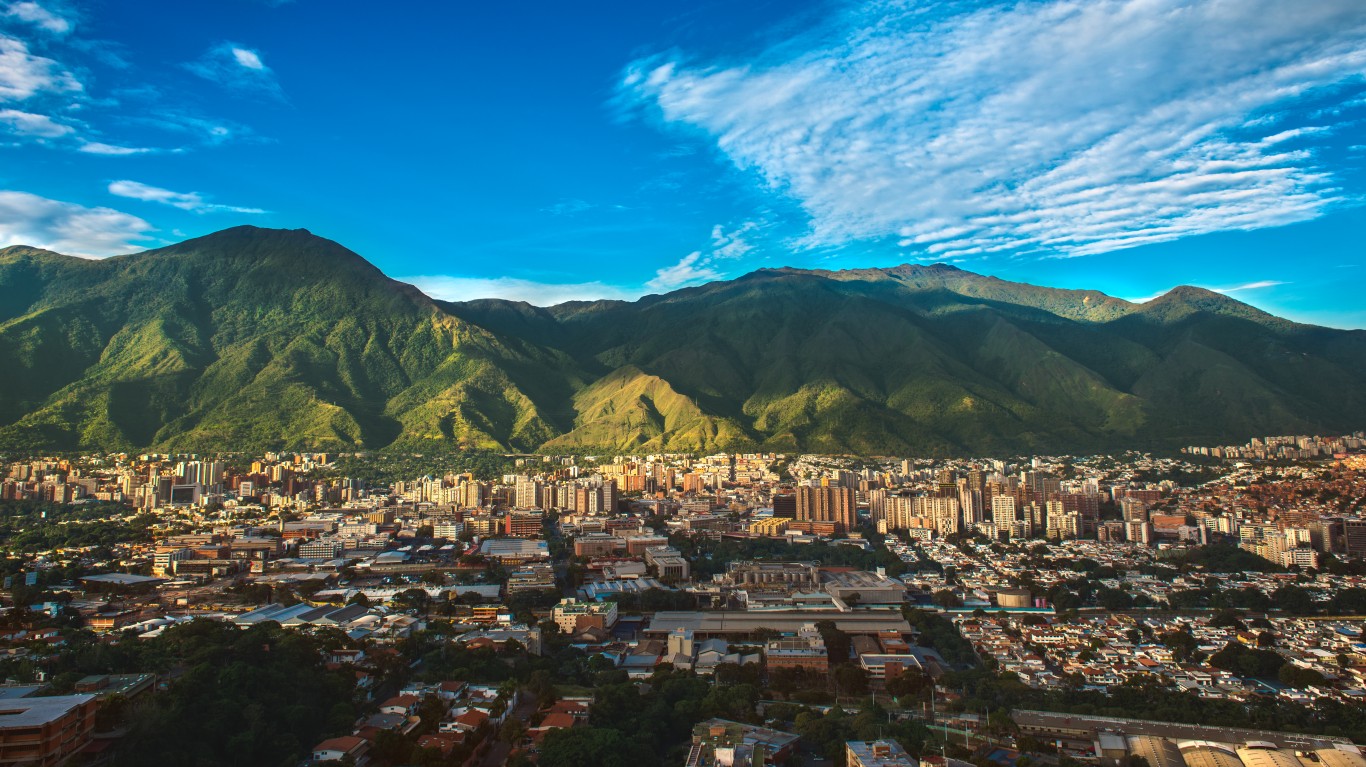
19. Venezuela
> Potential net population change (15-29 years old): -42.0%
> Population, 2021: 28,199,867 — -3.1% from 2011
> Population, 2011: 29,096,159

18. Ukraine
> Potential net population change (15-29 years old): -42.0%
> Population, 2021: 43,792,855 — -4.2% from 2011
> Population, 2011: 45,706,086
[in-text-ad-2]

17. Algeria
> Potential net population change (15-29 years old): -44.0%
> Population, 2021: 44,177,969 — +20.9% from 2011
> Population, 2011: 36,543,541

16. Tunisia
> Potential net population change (15-29 years old): -44.0%
> Population, 2021: 12,262,946 — +11.2% from 2011
> Population, 2011: 11,032,528
[in-text-ad]
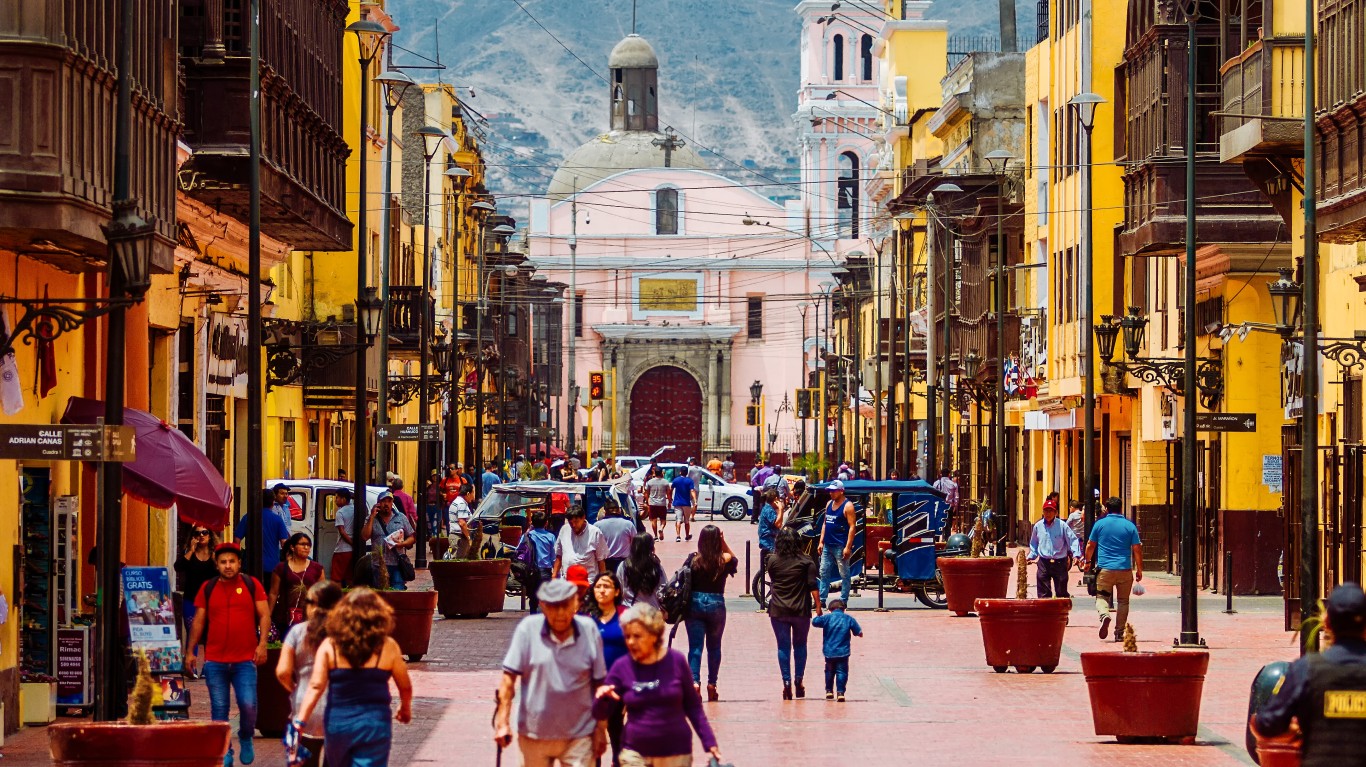
15. Peru
> Potential net population change (15-29 years old): -45.0%
> Population, 2021: 33,715,471 — +14.4% from 2011
> Population, 2011: 29,477,721

14. Serbia
> Potential net population change (15-29 years old): -46.0%
> Population, 2021: 6,834,326 — -5.5% from 2011
> Population, 2011: 7,234,099
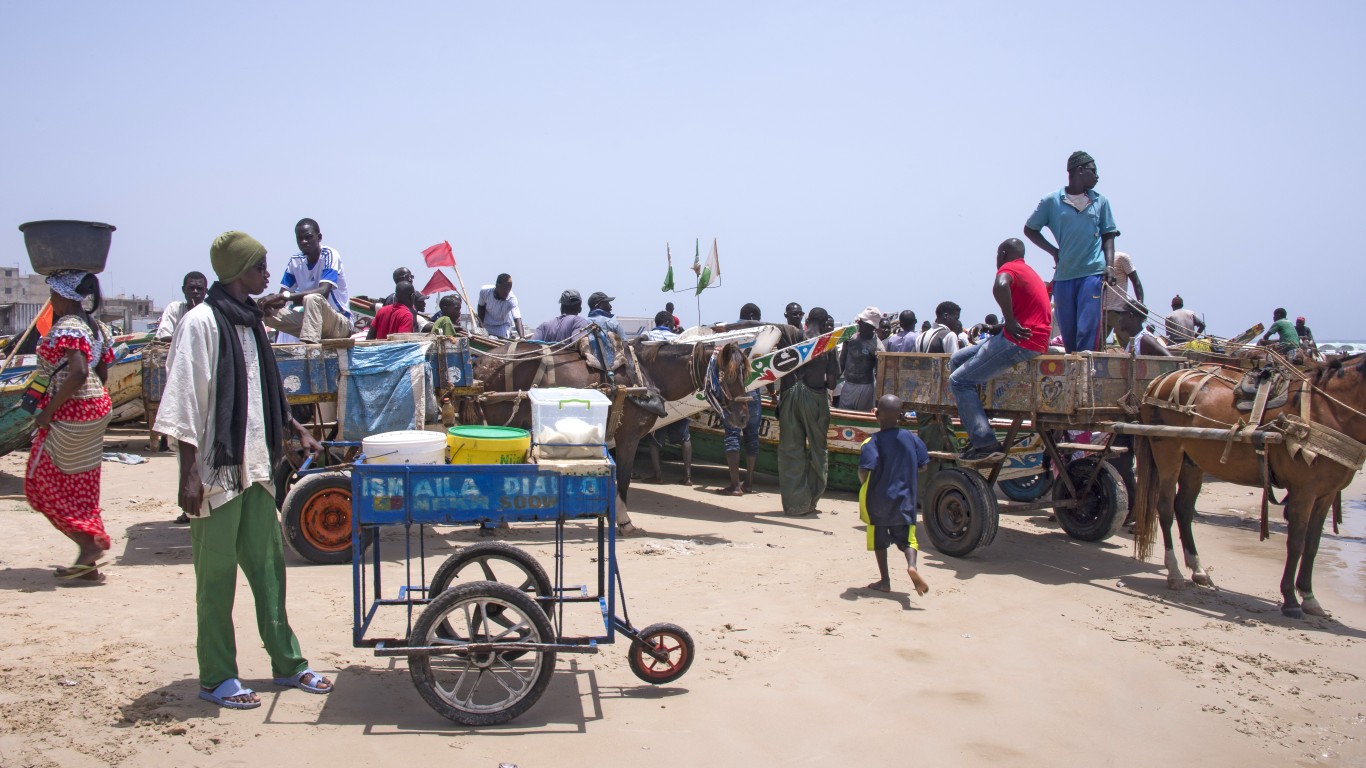
13. Senegal
> Potential net population change (15-29 years old): -48.0%
> Population, 2021: 16,876,720 — +31.1% from 2011
> Population, 2011: 12,875,880
[in-text-ad-2]
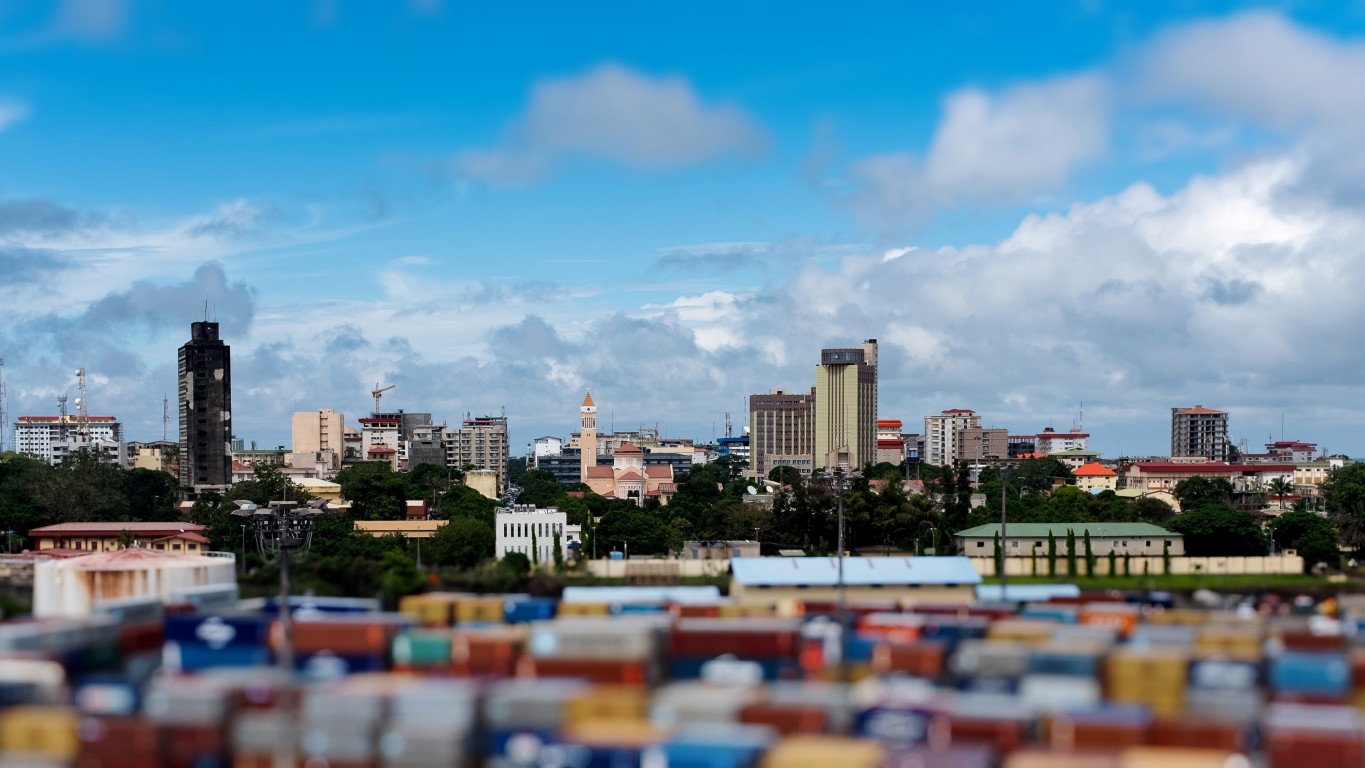
12. Guinea
> Potential net population change (15-29 years old): -48.0%
> Population, 2021: 13,531,906 — +28.5% from 2011
> Population, 2011: 10,527,712

11. Kosovo
> Potential net population change (15-29 years old): -48.0%
> Population, 2021: 1,786,038 — -0.3% from 2011
> Population, 2011: 1,791,000
[in-text-ad]

10. Moldova
> Potential net population change (15-29 years old): -49.0%
> Population, 2021: 2,615,199 — -8.6% from 2011
> Population, 2011: 2,860,699

9. North Macedonia
> Potential net population change (15-29 years old): -52.0%
> Population, 2021: 2,065,092 — +0.3% from 2011
> Population, 2011: 2,058,539
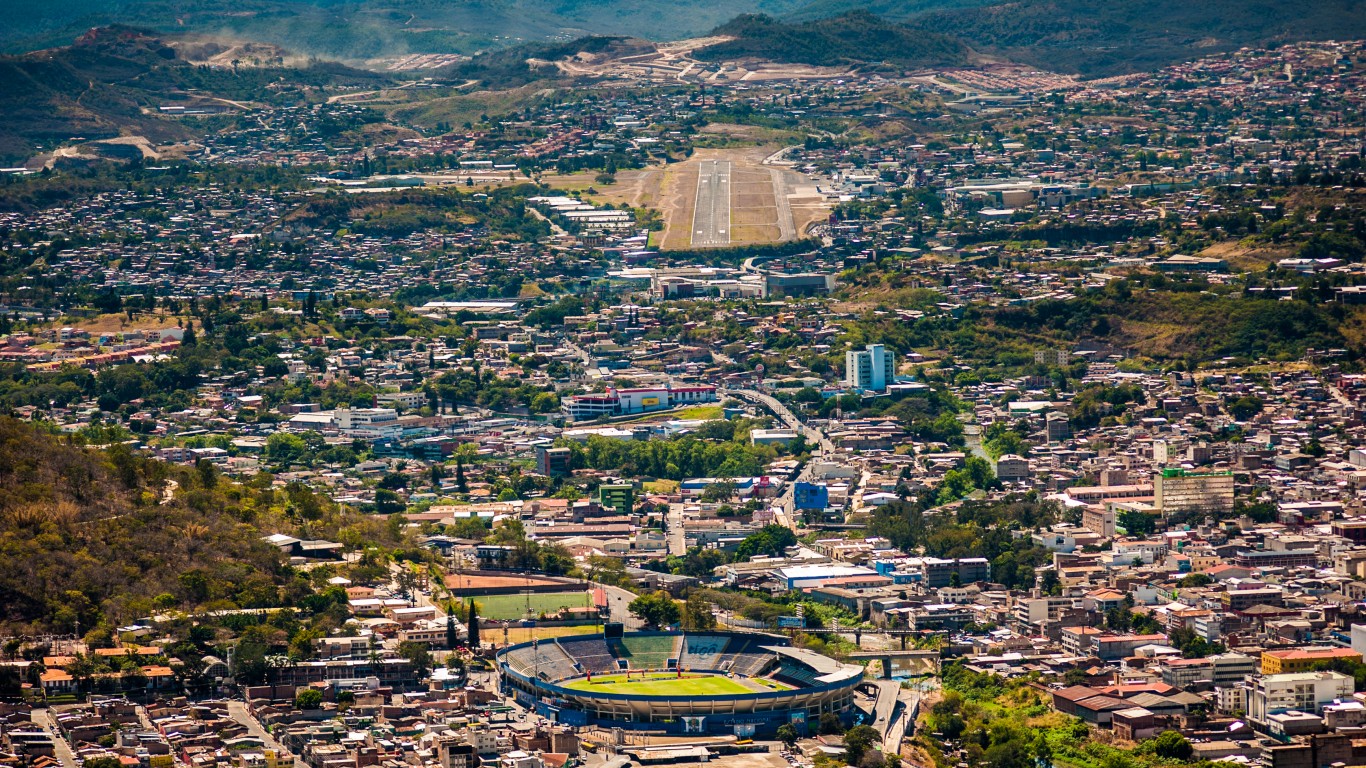
8. Honduras
> Potential net population change (15-29 years old): -53.0%
> Population, 2021: 10,278,345 — +19.2% from 2011
> Population, 2011: 8,622,504
[in-text-ad-2]
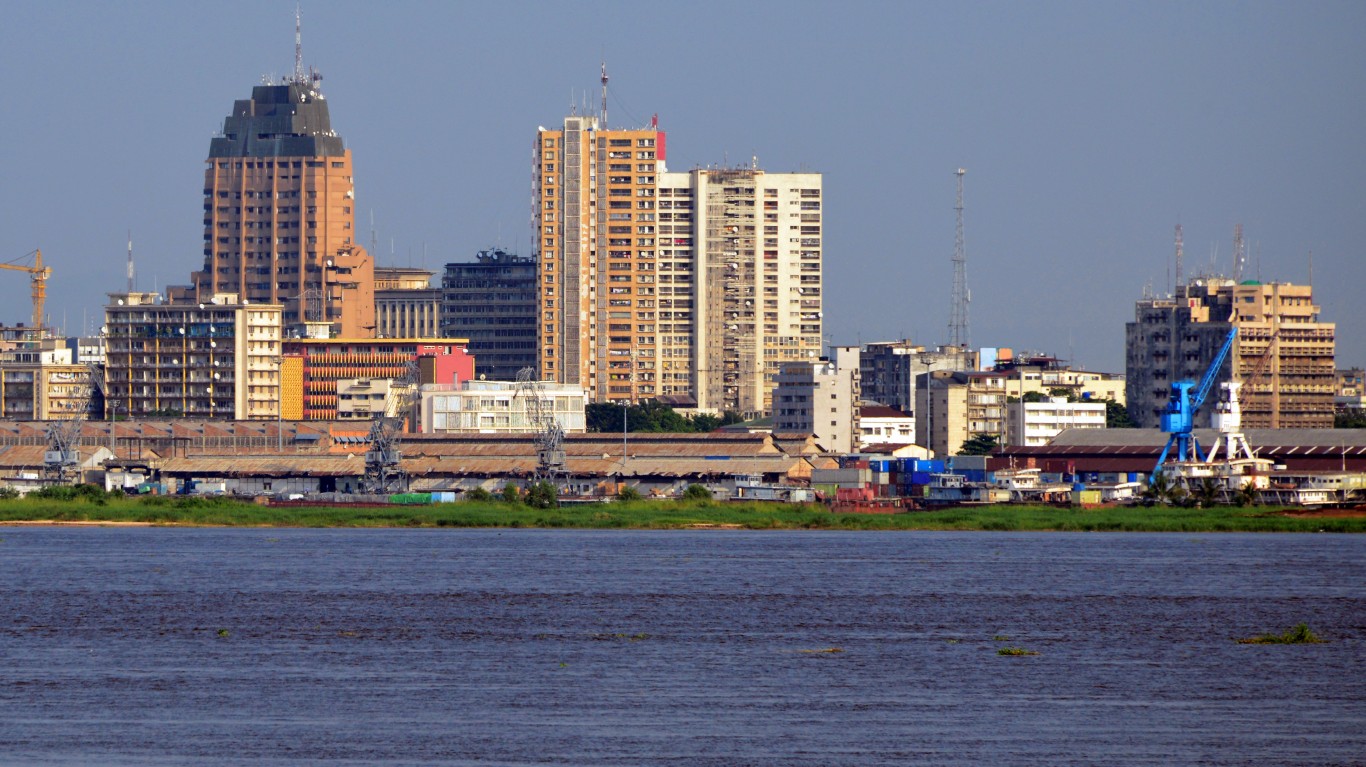
7. Congo
> Net pop. change (15 to 29 years old): if young people moved to another country (Kinshasa only): -56.0%
> Population, 2021: 95,894,118 — +39.7% from 2011
> Population, 2011: 68,654,269
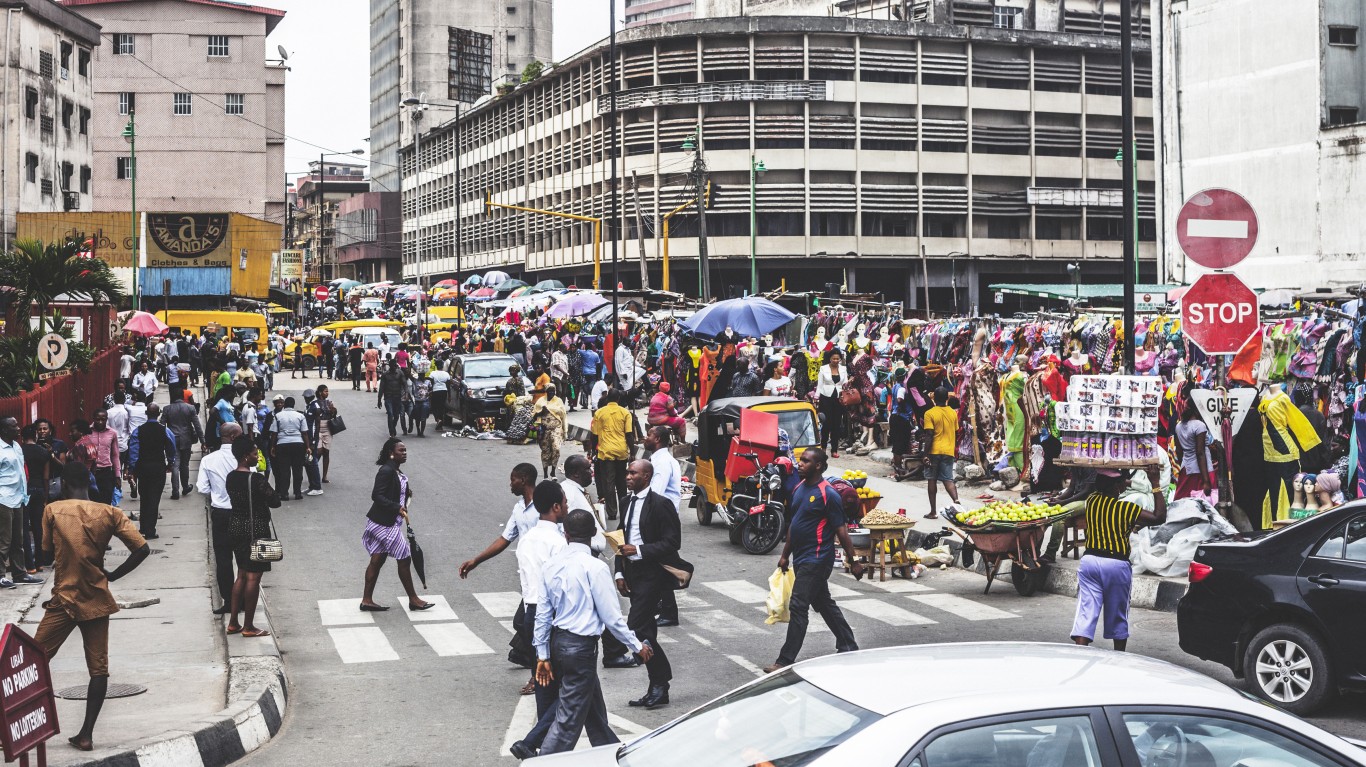
6. Nigeria
> Potential net population change (15-29 years old): -57.0%
> Population, 2021: 213,401,323 — +29.0% from 2011
> Population, 2011: 165,463,745
[in-text-ad]
5. Bosnia and Herzegovina
> Potential net population change (15-29 years old): -57.0%
> Population, 2021: 3,270,943 — -12.6% from 2011
> Population, 2011: 3,743,142

4. El Salvador
> Potential net population change (15-29 years old): -61.0%
> Population, 2021: 6,314,167 — +2.9% from 2011
> Population, 2011: 6,137,349

3. Haiti
> Potential net population change (15-29 years old): -68.0%
> Population, 2021: 11,447,569 — +15.0% from 2011
> Population, 2011: 9,954,312
[in-text-ad-2]
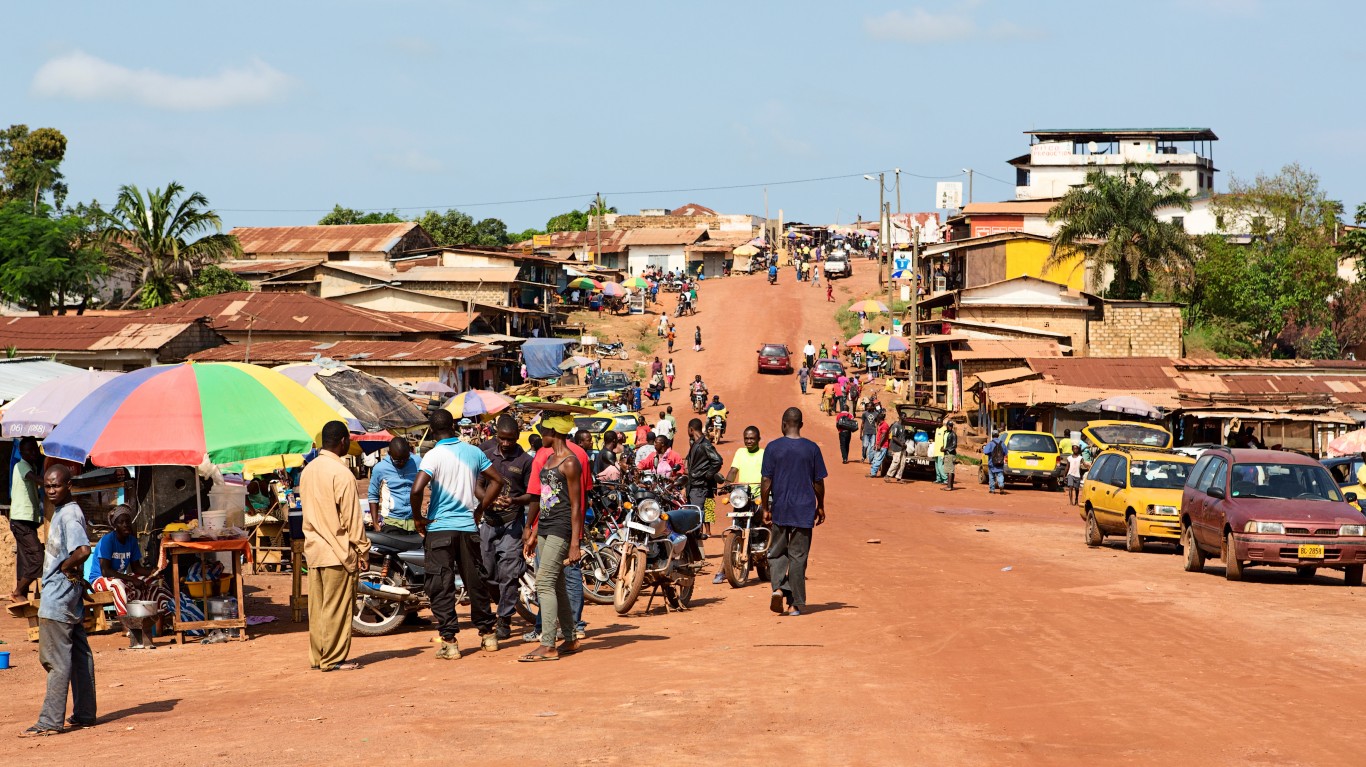
2. Liberia
> Potential net population change (15-29 years old): -70.0%
> Population, 2021: 5,193,416 — +24.2% from 2011
> Population, 2011: 4,181,150
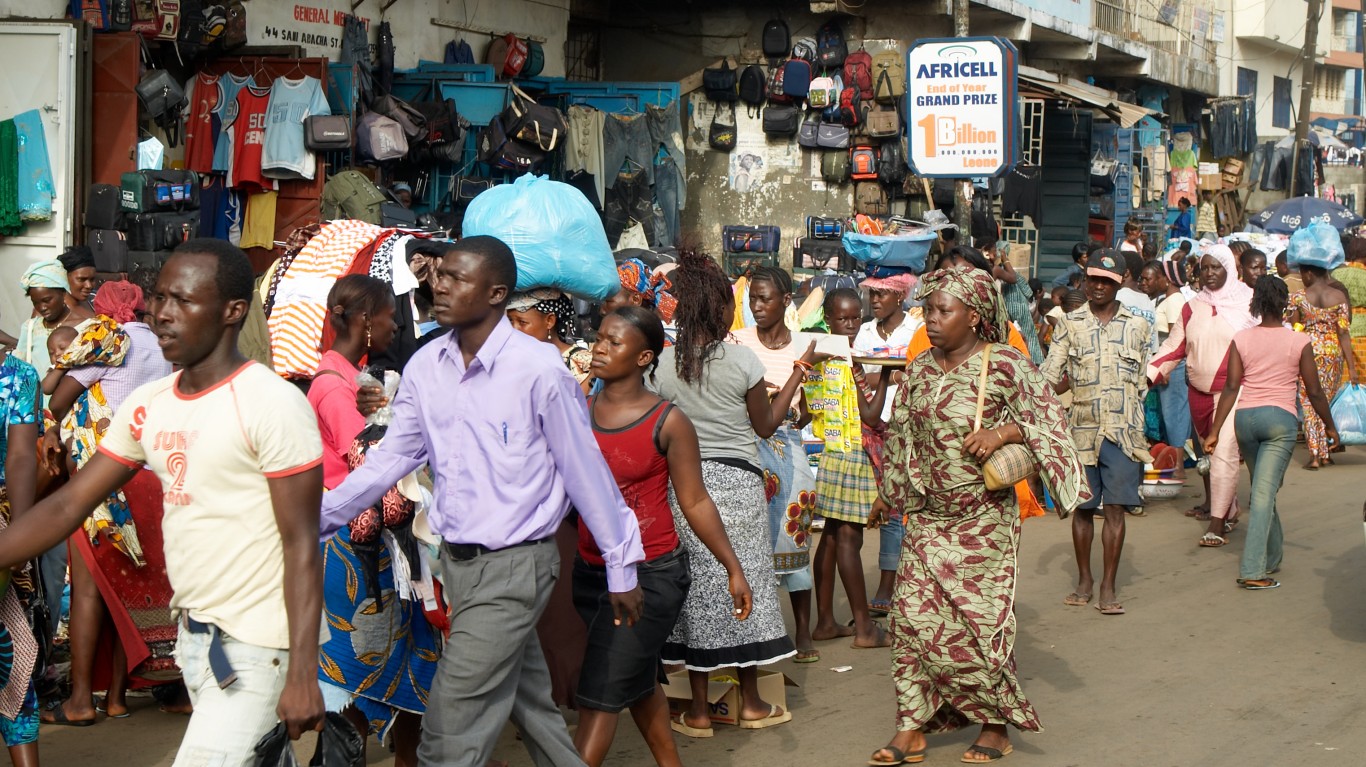
1. Sierra Leone
> Potential net population change (15-29 years old): -78.0%
> Population, 2021: 8,420,641 — +27.3% from 2011
> Population, 2011: 6,612,385
The Average American Has No Idea How Much Money You Can Make Today (Sponsor)
The last few years made people forget how much banks and CD’s can pay. Meanwhile, interest rates have spiked and many can afford to pay you much more, but most are keeping yields low and hoping you won’t notice.
But there is good news. To win qualified customers, some accounts are paying almost 10x the national average! That’s an incredible way to keep your money safe and earn more at the same time. Our top pick for high yield savings accounts includes other benefits as well. You can earn up to 3.80% with a Checking & Savings Account today Sign up and get up to $300 with direct deposit. No account fees. FDIC Insured.
Click here to see how much more you could be earning on your savings today. It takes just a few minutes to open an account to make your money work for you.
Our top pick for high yield savings accounts includes other benefits as well. You can earn up to 4.00% with a Checking & Savings Account from Sofi. Sign up and get up to $300 with direct deposit. No account fees. FDIC Insured.
Thank you for reading! Have some feedback for us?
Contact the 24/7 Wall St. editorial team.
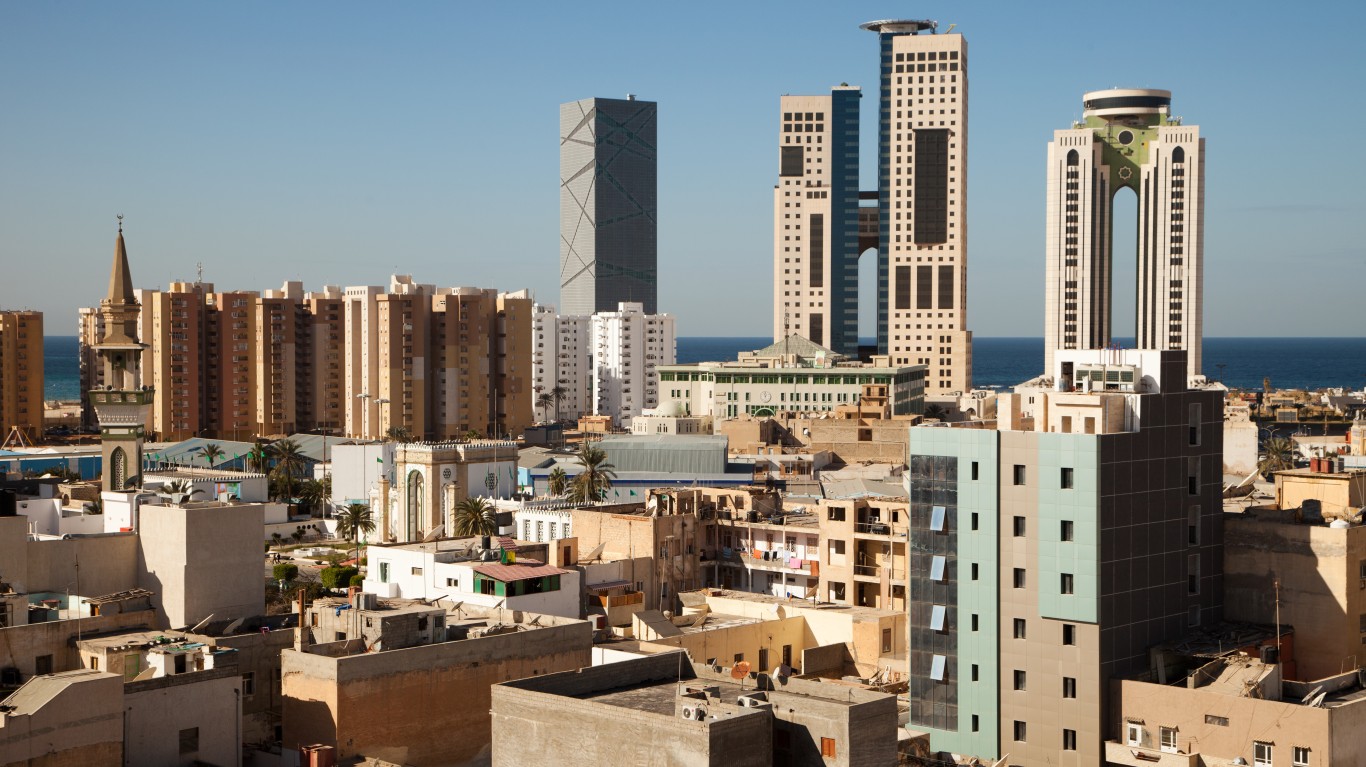 24/7 Wall St.
24/7 Wall St.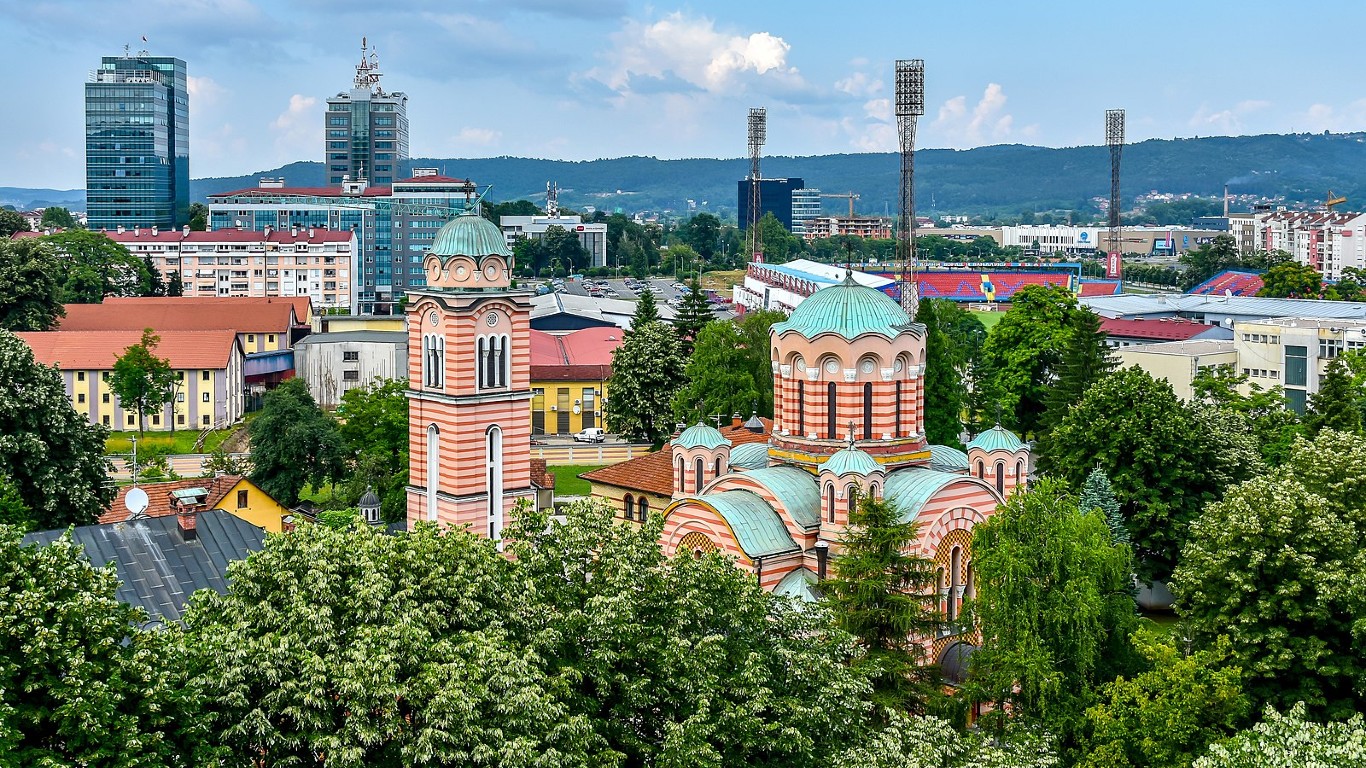
 24/7 Wall St.
24/7 Wall St.
